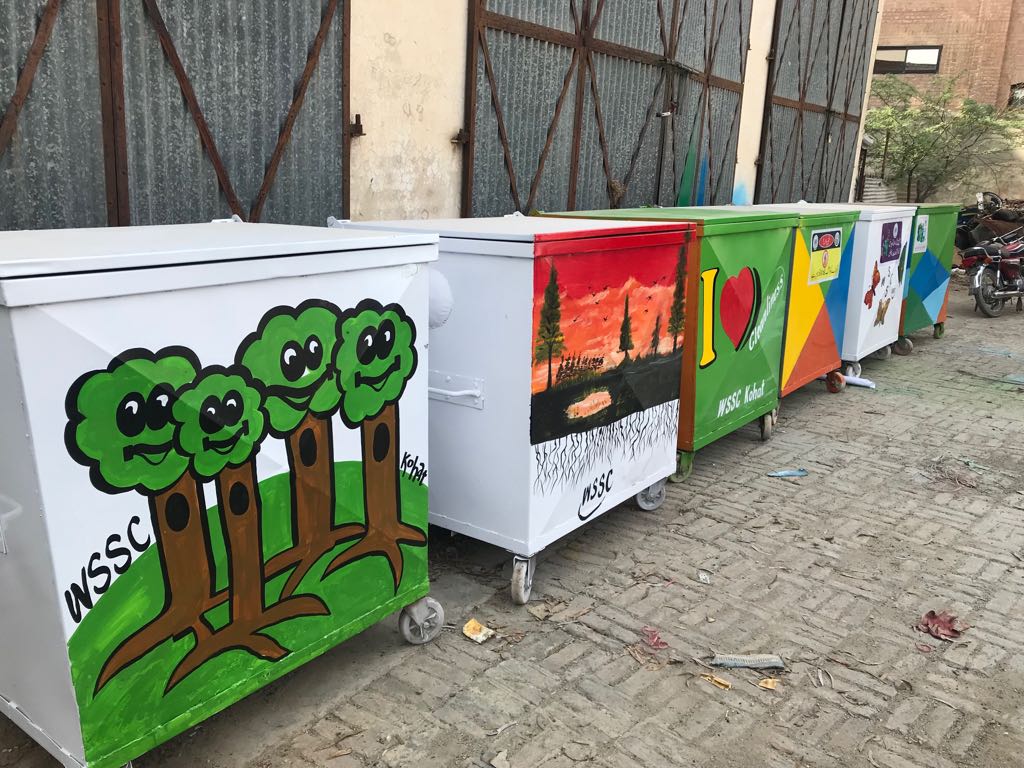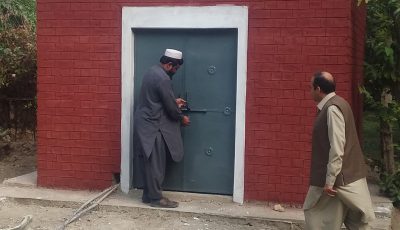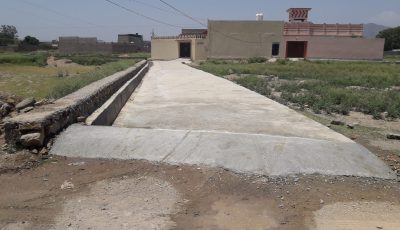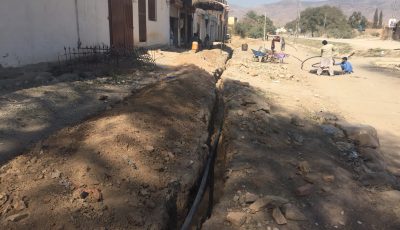Anything that is not of further use in a process is known as waste for that process. That can be useful for other processes and can be termed as raw material for that process. So actually, waste is a misplaced resource. When this waste is in a comparatively solid form it is known as solid waste. Whatever may be the form of waste, it deteriorates the environment if it is disposed of in an offensive manner. The wastewater and its treatment and disposal have already been discussed.
Solid waste is defined as a discarded solid fraction produced from domestic, commercial,trade, industrial, agricultural, institutional, mining activities, and public services. The waste is a term that means useless, unwanted or discarded material. According to the American Public Works Association, the solid waste is classified in twelve categories as, garbage, rubbish, ashes, street sweepings, dead animals, abandoned vehicles, construction/demolition waste, industrial refuse, special waste such as hospital waste, bulky waste, animal and agricultural waste, and sewage treatment residue (semi-solid fraction known as sludge).
Solid waste includes domestic waste, municipal waste, commercial waste, garbage (animal and vegetable waste), rubbish (inorganic excluding ashes), ashes and industrial waste, sludge from wastewater treatment plants, etc. Actually, mainly the population living in an urban area produces much more solid waste than the rural one. As there is more employment potential in an urban area the urban population has increased from 10.84% in 1901 to 25.7% in 1991. The class I cities has increased from 212 to 300 from 1981 to 1991, while class II cities have increased from 270 to 345 in the same period. As the living style in urban areas is totally different from the rural area (sanitary system, industrialization, etc.), much more solid waste is produced in the urban area. Actually more is the (so-called) advancement, higher is the solid waste production. Because of poverty, lifestyle, the habit of living with nature, and lesser population density, lesser waste is produced in rural areas of our country. So basically, the solid waste problem is more related to the cities or towns and as the cities are increasing the problem is being aggravated.
To handle the problem of solid waste in an efficient manner is known as solid waste management.




